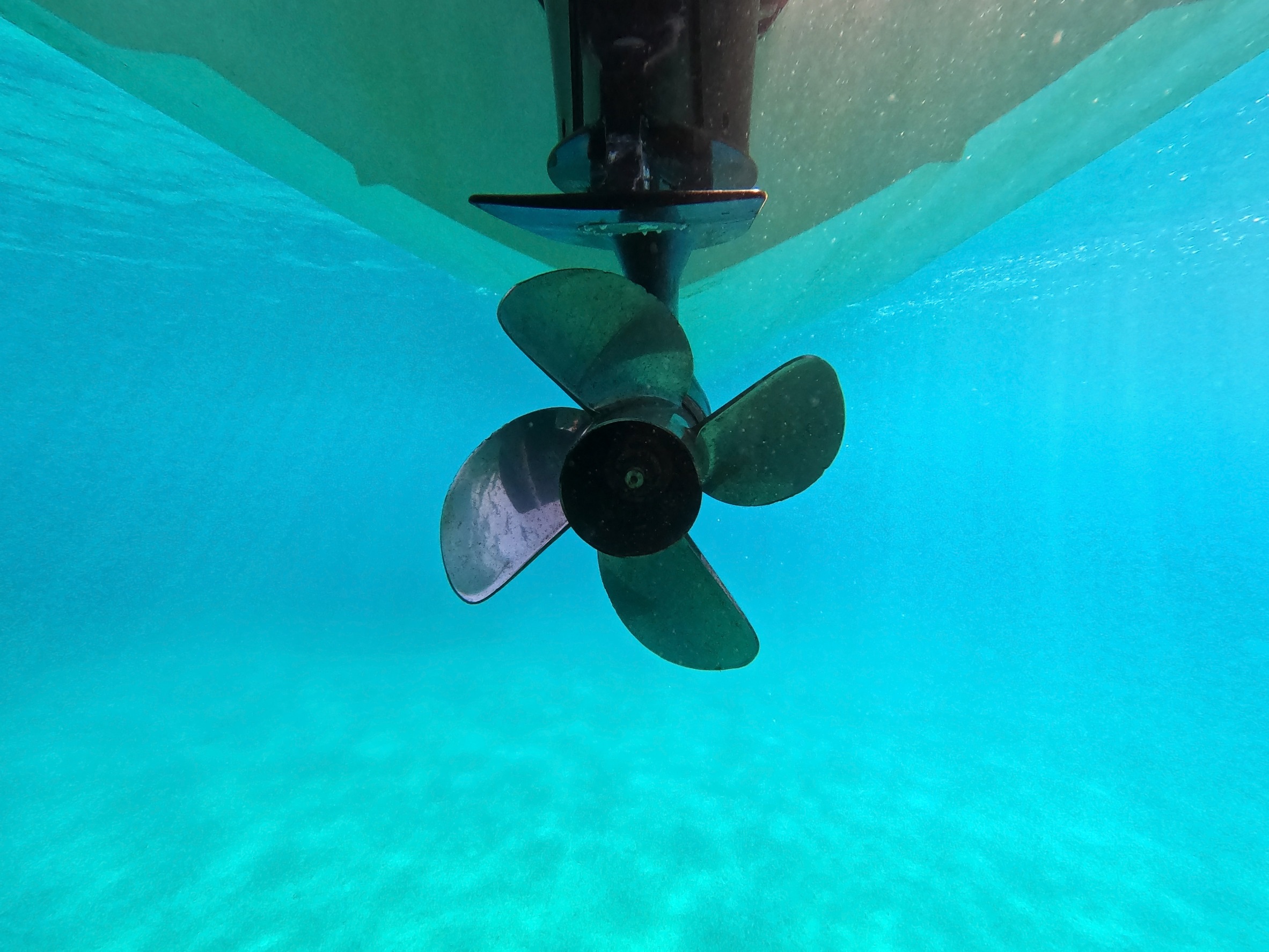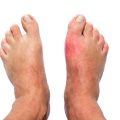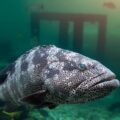“Dents” generally refers to a depression or indentation in a surface or material. Fish can have dents or pits in their bodies, although the specific causes and types of dents may vary depending on the species of fish and the circumstances involved. Groupers can develop dents because of injury, diseases, fishing, and human impact.
Can Grouper develop Dents?
Groupers can develop dents. “Dents” generally refer to a depression or indentation in a surface or material. It is physical damage that causes a concave area in the surface, which may be caused by various factors such as impact, pressure, or wear and tear.
For example, if a hailstorm hits a car, the impact of the hailstone may cause dents on the vehicle’s surface. Similarly, if a heavy object is dropped on a wooden floor, it may cause marks on the surface of the wood.
Due to injury or disease, groupers may develop dents or indentations in their scales or skin. Fish caught and released by anglers may also develop temporary dents or pressure marks due to the handling and release process. In some cases, fish subjected to changes in water pressure or other environmental factors may also develop dents or deformities.

How can Groupers develop Dents?
Fish can develop dents or depressions on their bodies due to various factors, including injury, disease, or environmental stressors. Here are some examples:
Injury
Fish may sustain injuries from predation, fishing gear, or other sources that can cause dents or deformities in their bodies. For example, a fish that a fisherman has hooked may develop a pressure mark or dent on its body from the force of the hook.
Predation
Groupers may be preyed upon by predators, including sharks, barracuda, and other large fish. These predators may attack groupers and cause injuries such as cuts, puncture wounds, or other physical trauma.
Predation can be a natural part of the ecosystem. It can help regulate populations of different species, but excessive predation can be detrimental to grouper populations and can impact the ecosystem’s overall health.
Disease
Certain diseases or infections can cause physical changes to a fish’s body, including dents or depressions. For example, fish infected with parasites or fungal infections may develop lesions or other deformities on their skin or fins.
Environmental Stressors
Water temperature, salinity, or other environmental factors can sometimes cause fish to develop dents or deformities. Fish subjected to rapid changes in pressure or temperature, such as those caught in fishing nets and then rapidly brought to the surface, may develop barotrauma, which can cause dents or bleeds in their bodies.
Human Impact
Groupers are impacted by various human activities, which can result in physical injuries or trauma. Here are some examples of human impacts on grouper:
Boating
Grouper may be injured or killed by collisions with boats, especially in areas where ships and grouper populations overlap. Boat propellers can also cause physical trauma to groupers, such as cuts or lacerations.
Diving
Recreational diving can have both positive and negative impacts on grouper populations. While divers may enjoy seeing and interacting with groupers, some types of diving activities, such as spearfishing or illegal harvesting, can harm or injure groupers.
Coastal development
Coastal development can impact grouper populations in several ways. For example, construction activities can disrupt grouper habitats, and coastal pollution can affect water quality and make it harder for grouper to survive.
Fishing
Overfishing and illegal fishing can also have a significant impact on grouper populations. Commercial and recreational fishermen often target grouper, and excessive fishing pressure can lead to population size and genetic diversity declines.
How to prevent fish dents?
Preventing fish dents can be challenging, as many factors can contribute to developing dents or deformities in fish. However, here are some general tips that may help minimize the risk of fish developing dents or other physical injuries:
Handle fish carefully
When handling fish, it’s essential to use appropriate techniques to minimize stress and avoid causing physical trauma. For example, avoid squeezing or putting too much pressure on the fish, and use tools like landing nets or wet hands to avoid damaging the fish’s skin or fins.
Use appropriate fishing gear:
Using gear appropriate for the type of fish you are targeting can help reduce the risk of injury. For example, using barbless hooks or circle hooks can help reduce the risk of hooking fish too deeply or causing excessive damage.
Be aware of environmental factors:
Changes in water temperature, salinity, or other environmental factors can sometimes cause fish to develop dents or deformities. Paying attention to environmental conditions and avoiding areas where fish are likely to be stressed or under pressure can help reduce the risk of injury.
Avoid overfishing
Overfishing can negatively impact fish populations, including increasing the risk of physical injury or trauma. Sticking to fishing limits and avoiding fishing in areas where fish populations are already under pressure can help reduce the risk of injury.
Release fish quickly and gently
If you are catch-and-release fishing, releasing fish quickly and gently is vital to minimize the risk of injury. Avoid holding fish out of the water for too long and use appropriate techniques to release fish quickly and safely back into the water.
Conclusion
Groupers can develop dents or other physical deformities due to various factors, including predation, fishing gear, and other sources of physical trauma. At the same time, some dents may be relatively harmless and not impact the health or survival of the fish.
Besides, other dents can be more severe and can impact the fish’s ability to swim, feed, or reproduce. It’s necessary to take steps to minimize the risk of injury and trauma to fish populations through measures such as sustainable fishing practices, habitat conservation, and reducing human impacts on marine ecosystems.










